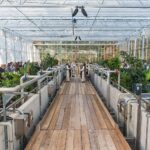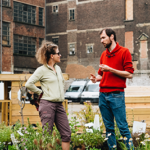
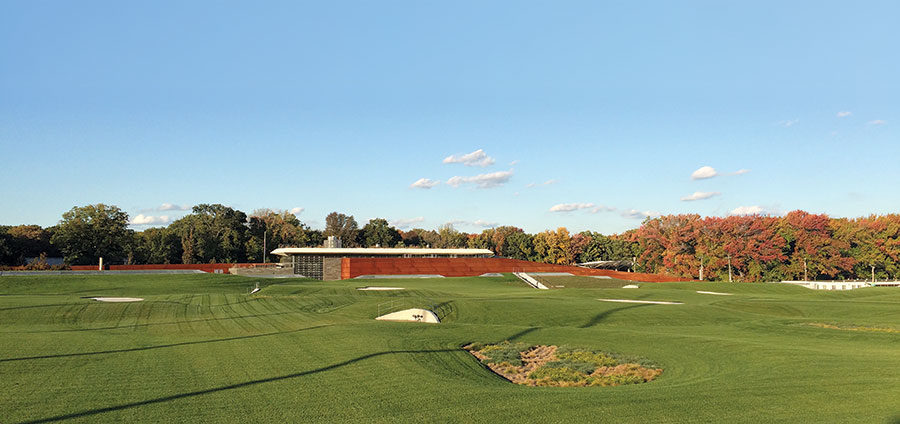
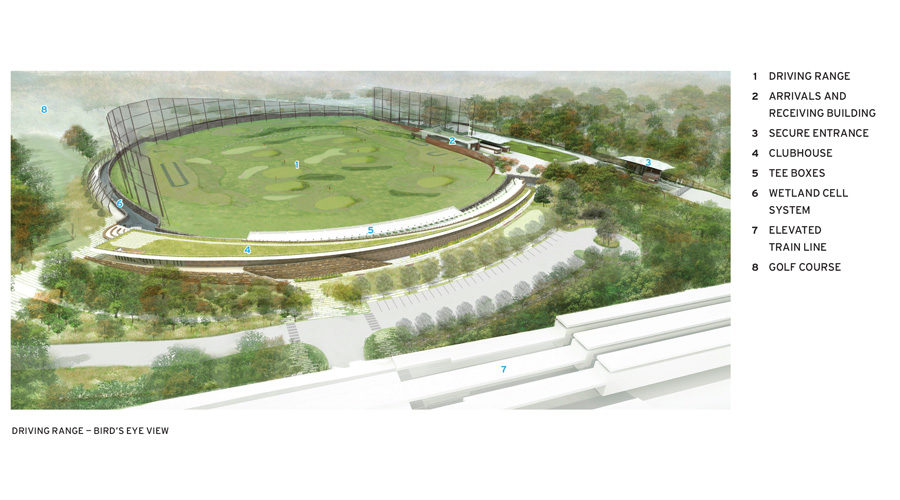
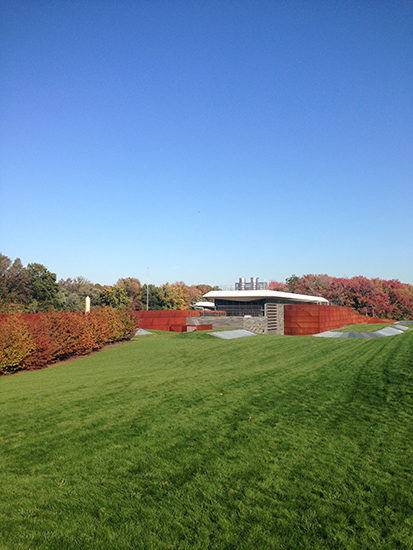
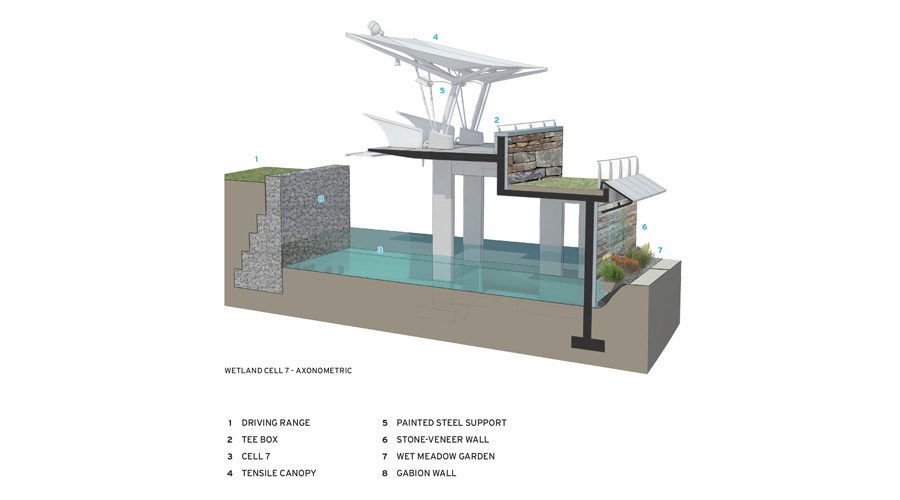
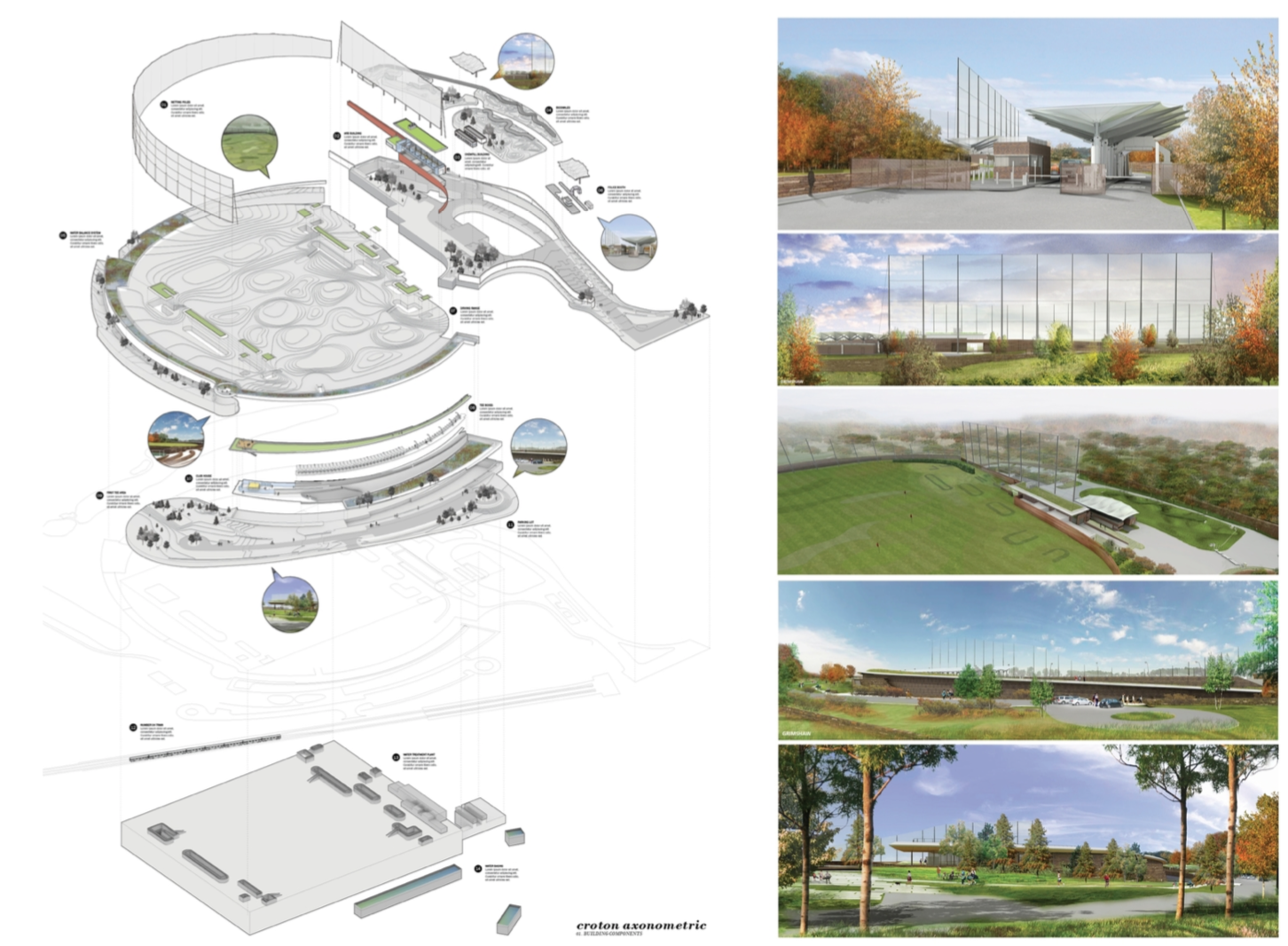
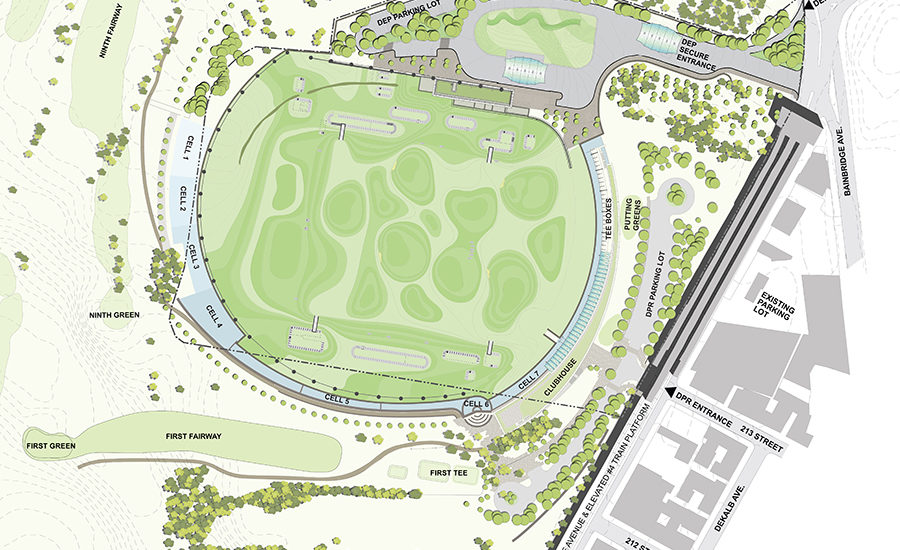
BRONX WATER CROTON RESERVOIR WATER TREATMENT PLANT
NEW YORK, US
GRIMSHAW ARCHITECTS
2015
The Croton Water Filtration Plant is located in The Bronx, New York, USA. The site is designed by Grimshaw architects toghether with multidisciplinary teams: technical companies for water purification have been working together with landscape architects. The plant represents a significant step in improving the water quality of the million New Yorkers who rely on the Croton water system.
The Croton system is the oldest system of the city that provides drinking water. The new design by Grimshaw is an improvement of the old system that began it’s first service in 1842. The old system was removed from service several times between 1992 and 2001 because of contaminants that leaked into the new Croton Aqueduct. The biggest problems for the city and the system were that there was pollution, and that purification systems are expensive. So the quest was to find new hybrid ways to purify the water.
This system became a model project for water purifying systems. It is built entirely underground with deep excavation and extensive rock boring to provide the necessary water tunnels. The four-storey plant treats around 1.2 million cubic metres a day. The installation exists in total of six underground stories with a green roof on top. It represents 10% of all the New York’s daily water requirement, and the plant is able to increase it to 30% in times of drought or severe need. The main construction covered the treatment plant itself, administration offices and an on-site laboratory, and additionally includes chemical storage.
On top of the system, they build a golf course and biggest green roof of North America. A system of lakes collects the water. All the surface water flows without the use of mechanical support. The terrain is slightly wavy, that hides ventilation- and drainage pipes. The golf course is maintained only with the use of products with biological resources.
source: architecturalrecord.com

